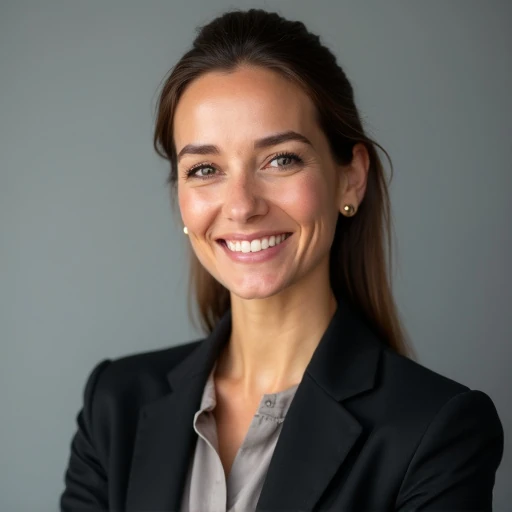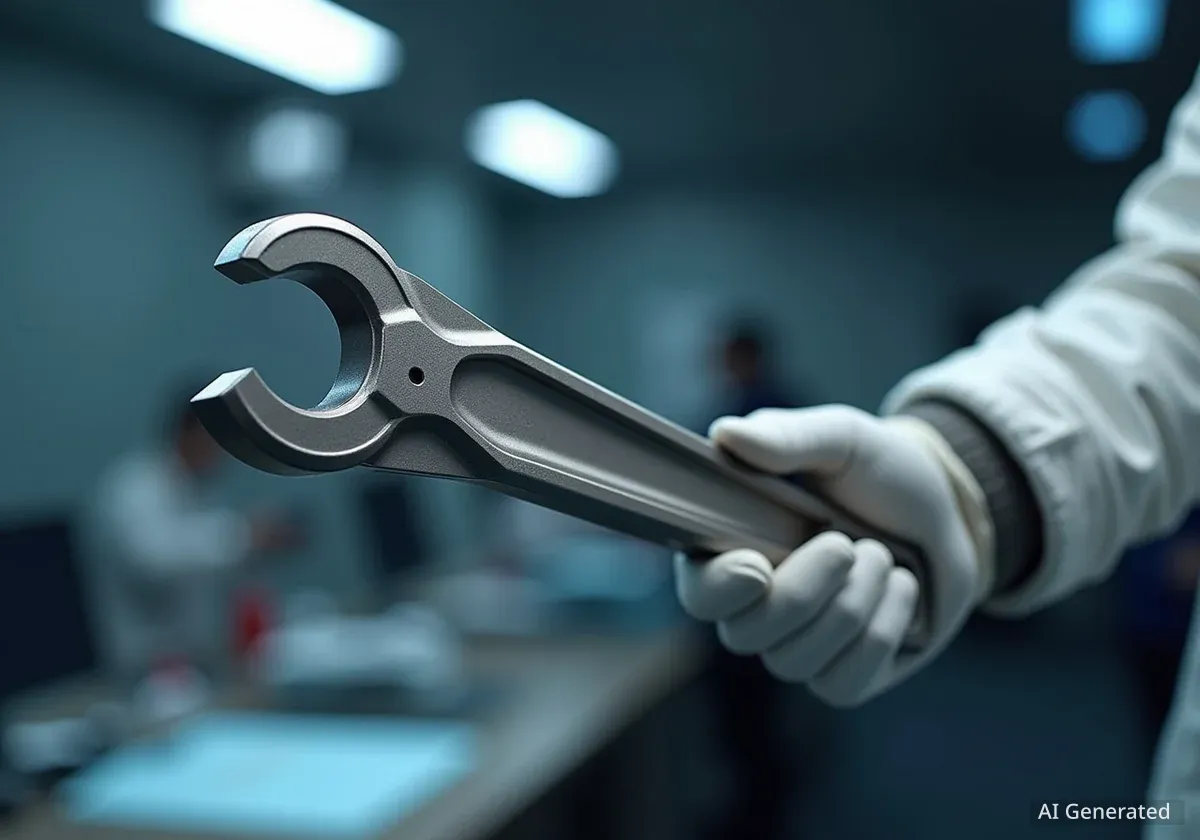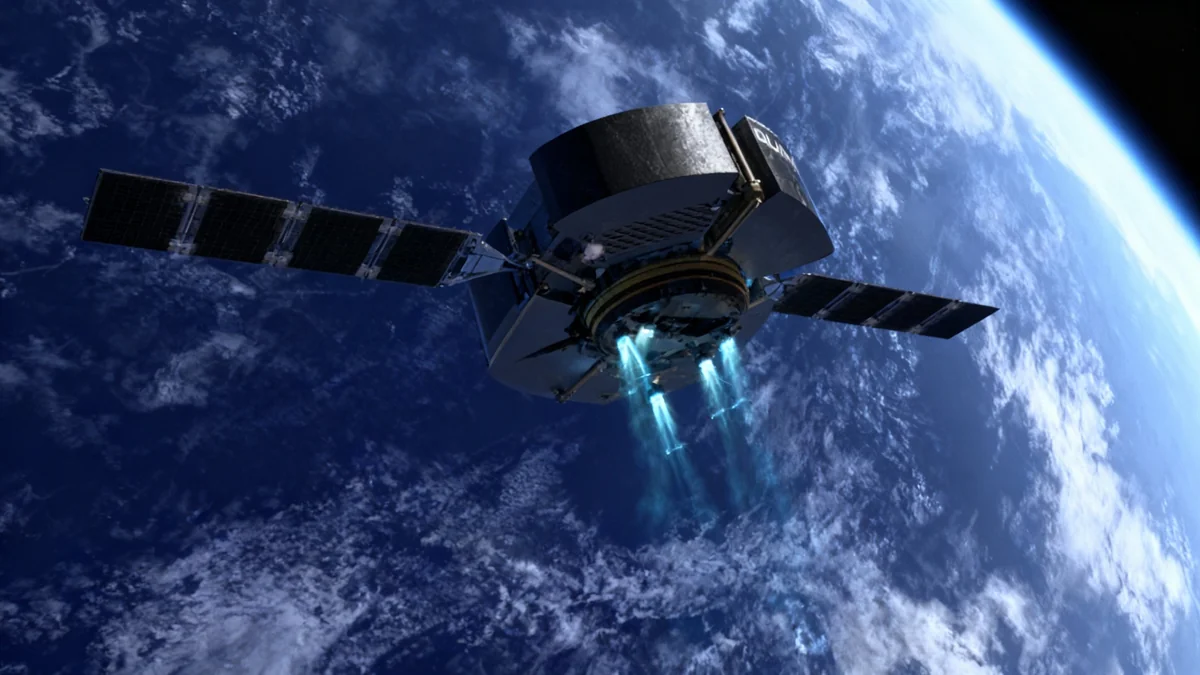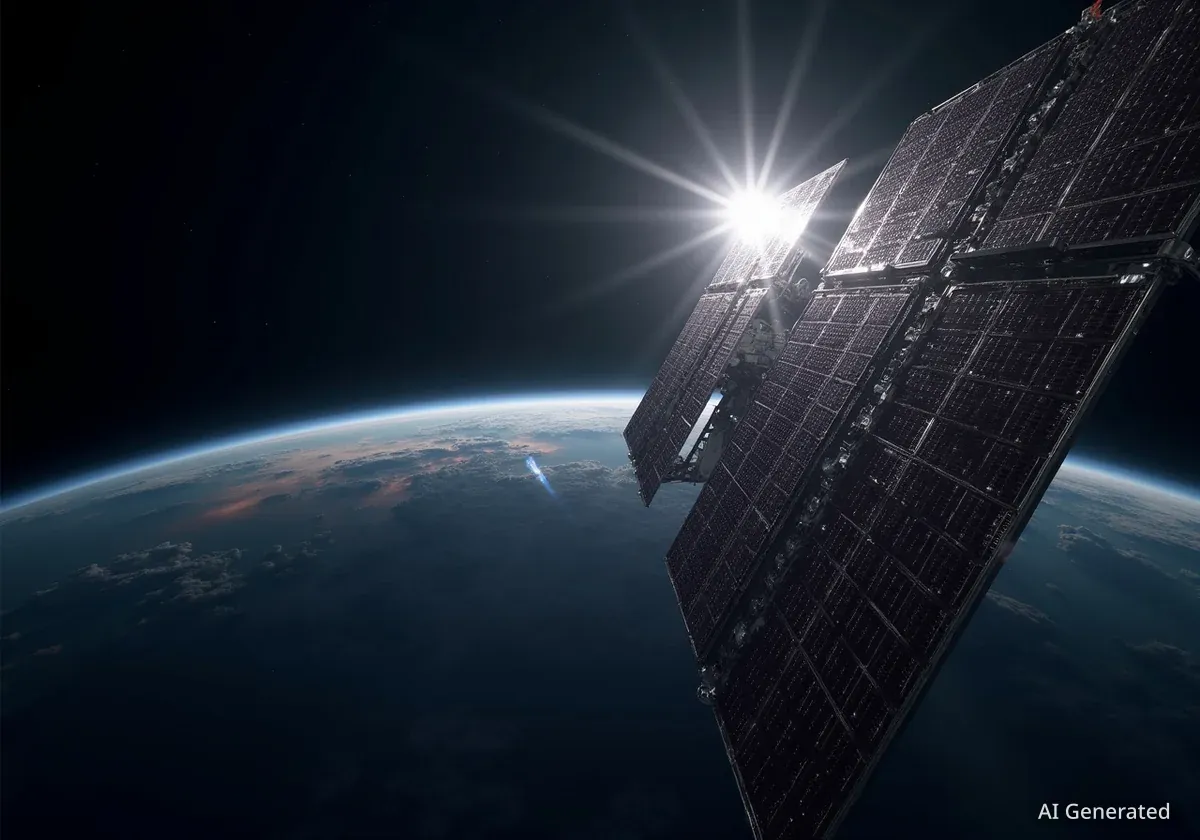An all-female team of undergraduate engineering students from the University of Wyoming has designed, built, and tested a new tool intended to solve a real-world problem for astronauts. The team, known as the Space Cowgirls, successfully developed their device as part of a NASA-sponsored design challenge, culminating in a trip to Houston for testing.
The six mechanical engineering majors created a device called the “Star Shooter,” designed to assist astronauts during extra-vehicular activities (EVAs), commonly known as spacewalks. The tool addresses the need to attach thermal protection materials between old and new components on spacecraft like the International Space Station.
Key Takeaways
- An all-female team of six University of Wyoming engineering students, the Space Cowgirls, participated in the NASA Micro-g NExT Design Challenge.
- They designed and built the "Star Shooter," a tool to help astronauts attach thermal protection materials during spacewalks.
- The team traveled to NASA's Neutral Buoyancy Laboratory in Houston to have their prototype tested by professional divers in a simulated space environment.
- The project provided invaluable hands-on experience, from initial concept and 3D modeling to budgeting and outreach.
Solving a Real-World Space Challenge
NASA regularly presents engineering challenges to university students to find innovative solutions for issues faced by astronauts. The Micro-g Neutral Buoyancy Experiment Design Teams (NExT) challenge is one such initiative, focusing on tools that can be used in microgravity.
The Space Cowgirls took on the task of creating a device capable of attaching soft goods, like thermal blankets, across the boundary of different equipment modules. This is a critical task for maintaining the integrity of spacecraft systems during long-duration missions.
Their solution, the "Star Shooter," was conceived to make this process more efficient and reliable for astronauts working in bulky spacesuits. The project directly addresses an operational need identified by NASA engineers for future spacewalks and maintenance activities in orbit.
What is the Neutral Buoyancy Laboratory?
NASA's Neutral Buoyancy Laboratory (NBL) in Houston, Texas, contains a massive indoor pool of water used to simulate the weightless environment of space. Astronauts and engineers use the NBL to train for spacewalks and test new hardware and procedures in a controlled setting that closely mimics microgravity.
From Concept to Creation
The journey from an idea to a functional prototype was a rigorous one. The team, composed of Serina Abriola, Adrianna France, Annalise Gade, Alexa Mazur, Juneau Paulsen, and Elizabeth Taplin, employed a structured engineering process.
Their work began with extensive brainstorming sessions, followed by detailed digital modeling using SolidWorks, a professional computer-aided design program. To refine their concepts, the students utilized 3D printing to create and test individual component parts before assembling full prototypes.
This iterative approach allowed them to identify and solve problems early. Team member Elizabeth Taplin described the experience as a lesson in perseverance.
"Our main takeaways from the trip were that engineering is a long process with many bumps along the way. But every failure helps you learn and improve on the next iteration."
To manage the complex project, the team divided itself into smaller units focused on specific tasks, including modeling, 3D printing, community outreach, and financial management. This organizational strategy was key to their progress and ultimate success in the competition.
Testing in a Simulated Space Environment
After successfully completing the initial design phase, the Space Cowgirls advanced to the next stage of the competition. In early June, they traveled to NASA's Johnson Space Center in Houston for the ultimate test of their device.
At the Neutral Buoyancy Laboratory, professional divers took the "Star Shooter" underwater to test its functionality in the simulated weightlessness. From the lab's control room, the students had the critical task of directing the divers on how to properly operate their tool.
The team's trip to Houston wasn't just about testing. It provided a rare opportunity for undergraduate students to interact directly with NASA scientists and engineers, gaining professional networking opportunities and insight into the aerospace industry.
For the students, seeing their creation put to the test by professionals in a NASA facility was a profound experience. It marked the transition of their project from a university assignment to a tangible piece of engineering with real-world applications.
Inspiring the Next Generation of Engineers
The experience offered more than just technical learning. It provided a powerful affirmation of their capabilities and future career paths. Team member Alexa Mazur highlighted the impact of the visit.
"The realization that we were working with real NASA scientists and engineers brought on the realization that, as a woman in engineering, we could work directly with some of the most important and impactful science of our generation. This experience has caused us to strive for the highest of dreams and believe in ourselves as young, aspiring engineers."
The project was made possible through institutional support. Serina Abriola extended thanks on behalf of the team to their faculty adviser, the University of Wyoming's engineering department, and the Wyoming Space Grant Consortium.
"Funding by organizations like them make this competition and experience possible," Abriola stated, emphasizing the importance of such programs in fostering student innovation. The success of the Space Cowgirls serves as a testament to the value of hands-on educational programs that bridge academic theory with practical, high-stakes application.





